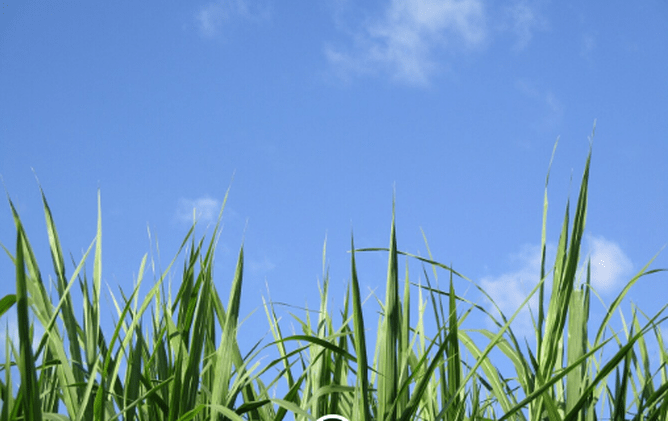Chris Rogers 1,2, Penny Back 1, Erica Gee2, David Horne1, Yin Chin2, Natalia Martin1, Hannah Airey3
1 School of Agriculture and Environment, Massey University
2 School of Veterinary Science, Massey University
3 Sunline Scholar, NZTBA
Background
The Waikato Regional Council’s Healthy Rivers Plan Change 1 (PC1) required large-scale farming operations located within the catchment area of Waikato regional council to calculate a nitrogen loss baseline and comply to the regional council’s nutrient management plan. This will be required for equine properties by 2029, when the regulations are implemented.
Overseer® is currently used as the primary tool to estimate farm level nutrient cycles and management for regulatory purposes.
Challenges relevant to the equine industry
· The variables within the Overseer® software that estimate animal (horse) feed intake, nutrient excretion, nitrogen distribution and leaching are based on ruminant physiology, and the dairy and beef farming systems (Watkins & Selbie 2015), not monogastrics like horses.
· At present Overseer does not consider the selective grazing and latrine behaviour in horses, or the livestock management characteristics on equine farms (seasonal fluctuation on horse numbers, class and stocking density).
· The basis of estimated nitrogen excretion and therefore leaching is the feed intake. Feed intake is currently estimated using revised stock unit (RSU) which is a modification of stock unit (annual feed requirement for a 54 kg ewe to rear a single lamb to weaning). The RSU is currently upscaled for horses based on the bodyweight difference in relation to a “standard ewe”. This method fails to account for:
o Metabolic scaling: Metabolism does not increase linearly as weight increases, but at the rate of the power of 0.75 (less than 1), meaning the modified horse RSU overestimates feed intake.
o Equine specific requirements: Differences in energy requirements for various physiological processes (growth, exercise, lactation, pregnancy).
Knowledge gaps
· There was a lack of published data on nitrogen utilisation and excretion by horses.
· Nitrogen deposition pattern and nitrogen loss in drainage have not been investigated or quantified for horse paddocks.
· Current Overseer® model assumptions for ruminants could lead to overestimations and the modelled vs on-farm values have not been investigated.
Research and findings
Research project: Deterministic modelling of nitrogen utilization and excretion in horses.
Findings: Nitrogen excretion in ruminants, particularly sheep (0.62 g/ kg BWT), is higher than horses (0.18 in racehorse, 0.48 g N/kg BWT in Thoroughbred mares) at a per kg liveweight basis.
-
Research project: Quantification of nitrogen intake for equine stock classes using equine specific models, and comparison to values obtained using current RSU within the Overseer®.
Findings: The estimated N intake by Overseer® is 52%-108% higher than that of those estimated using equine specific model indicating overestimation of nitrogen intake for horses by the model. This over-estimation translates to over-inflation of nitrogen excretion and subsequent nitrogen leaching estimations.
Research project: Seasonal fluctuation of livestock numbers on equine stud farms and the impact on modelling of farm level nitrogen leaching.
Findings: The true feed consumption was modelled for a real commercial stud farm using an in-house equine feed budget model that accounted for seasonal variation in the different equine stock classes. This “true feed demand” was then compared with estimations obtained within Overseer®. We identified Overseer had an estimated feed demand 47% greater than the modelled true feed consumption.
-
Research project: Soil nitrogen, drainage quantities and drainage nitrogen concentration were collected from the “Massey mini equine farm” and compared to Overseer estimated using original and the modified input variables (from earlier projects).
Findings: The soil nitrogen concentration in the “latrine” area was higher than in the lawn reflecting higher N loading rate in the rough/ latrine area. The nitrogen leaching per ha was 19 kg N/ha vs 34 kg N/ha estimated using original baseline variables in Overseer (~ 50% over estimation by the model compared to empirical data). Using the modified input variables from the earlier equine projects in Overseer resulted in agreement between Overseer and actual N leaching.
Summary:
The findings to date demonstrate that the original input assumptions within Overseer® ignores the differences in physiology and biology between ruminant and horses. This results in overestimation of nitrogen intake and excretion by approximately 50%. Ignoring the seasonal fluctuation in stock numbers on equine farms compounded this error and overestimated feed demand. Combined, these overestimations inflate equine farm level nitrogen leaching.
The use of modified input variables (modified RSUs, and seasonal adjustment for stock levels) resulted in agreement of Overseer estimates and real data collected from the Massey University “mini equine farm”.
What’s next:
We have made great progress in the last year in solving some of the major problems for modeling nitrogen leaching and horses. However, validation of the modified input variables has only been testing on a very limited small scale “Massey mini equine farm”. We now need to test if the modified input variables work in a real-world setting - commercial equine farm(s).
The focus on the commercial farms will be to obtain real world data on pasture utilization (via pasture plating and feed budgets) and identification of the best model to describe the changes in stock numbers associated with increases during the breeding season and subsequent destocking (such as does this pattern differ between farms and with farm size).
Key information to be collected and analysed in 2023/24.
· Soil samples for nitrogen loading profile
· Pasture mass / pasture on offer and feed demand (including supplementary feed offered)
· Stocking density
· Seasonal stock numbers with stock class break down (dry mare, pregnant mare, resident/non-resident mares, stallions, weanlings (weaning age), yearlings)
· Fertilizer application (what applied, when and quantity)


